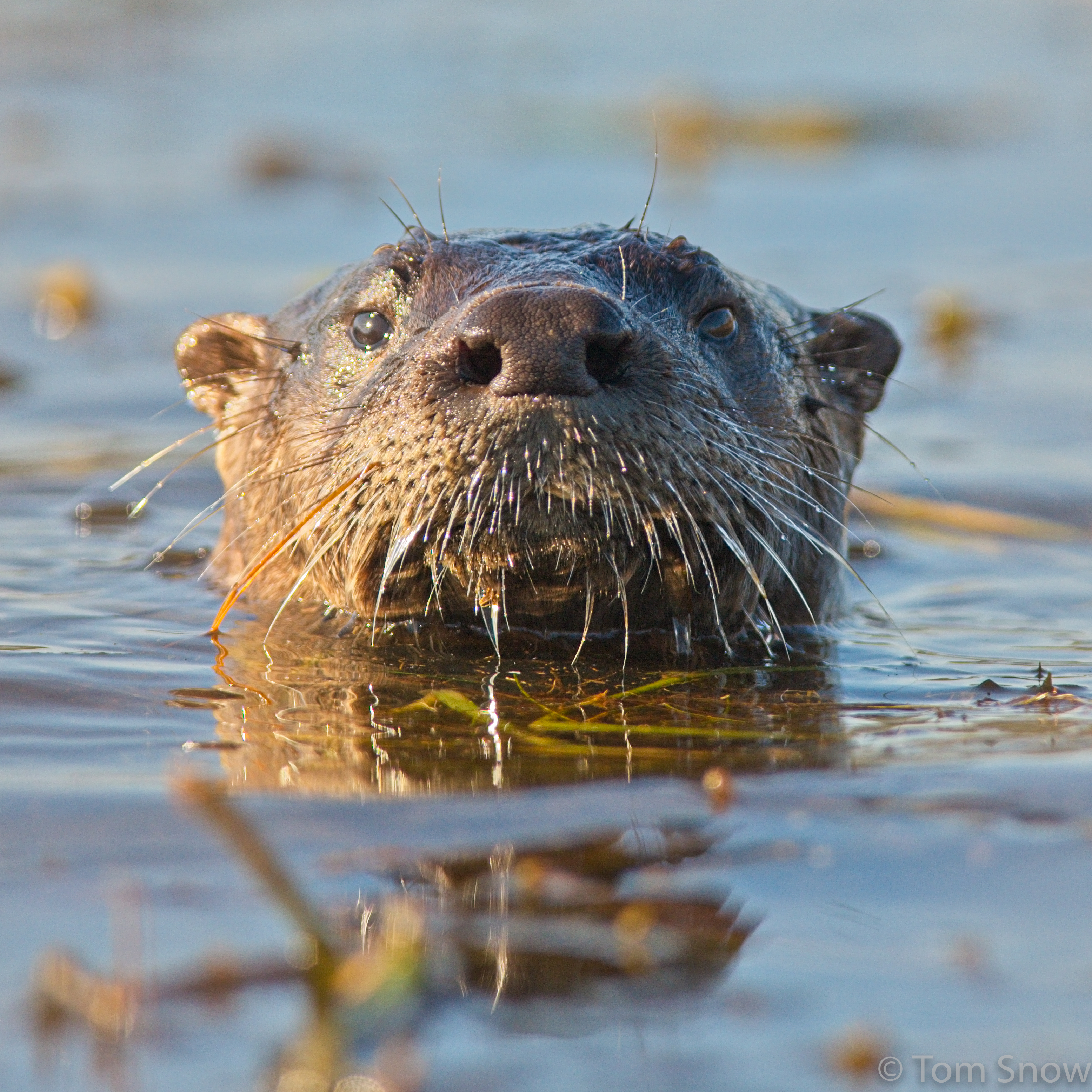 |
 |
|
North American River Otter - Lontra canadensis Mustelidae Members: | Search Common: Search Scientific: |
|
|
||||||
 Photo by: Tom Snow |
| Distribution |
In NC, it occurs across the entire state, and presumably occurs in all 100 counties now. New county records have been accumulating in the mountains in the past one or two decades; the known range in that province was rather spotty in the last century. Occurs over most of North America, from Alaska to Newfoundland, and south to FL, TX, and CA; however, it is absent now in much of the southern plains and the desert region. | |
| Abundance | Otters formerly were found primarily in the Coastal Plain, where they can be fairly common to locally common around estuaries, lower portions of rivers, large creeks, and canals -- in the Tiedwater area and eastern Coastal Plain. Farther inland, they are increasing and now often fairly common in the remainder of the Coastal Plain and in the eastern Piedmont, though only locally uncommon farther westward. During historical times, it was more widespread, but it had declined greatly in the 20th Century, though it is making a comeback in many places. Note that the iNaturalist website contains photos for at least a third of the counties in the state, and the editors have not taken the time to update the map with "Photo" records/documentation unless the county had previously no known records (white on the map). Owing to its presence now in at least 87 counties (as of 2022), the State Rank should be moved to S5. | |
| Seasonal Occurrence | Occurs year-round. | |
| Habitat |
Otters, as is well known, are strictly in habitats associated with water, primarily fresh, but also in brackish and rarely salt water situations. Favored habitats are lakes, large ponds, canals, and edges of estuaries. See also Habitat Account for General Waters and Shorelines | |
| Behavior | Otters spend most of their time in shallow water, but at times come on land, primarily to move to new ponds or canals. They forage in the water. They are active in both day and night, but are most active near dawn and dusk. | |
| Comments | Otters are among the most enjoyable mammals for the public to observe, as they are infrequently seen, and they are often curious, as well as quite energetic/active. The increase in reservoirs, farm ponds, and beaver ponds in the past few decades has probably resulted in a turnaround in numbers, and otters are likely on the increase now in the state. | |
| Origin | Native | |
| NC List | Official | |
| S4 [S5] | ||
| State Status | ||
| G5 | ||
| Federal Status | ||
| subspecies |
Lontra canadensis lataxina, Lontra canadensis canadensis Lontra c. lataxina occurs throughout the Coastal Plain and Piedmont, whereas L. c. canadensis is apparently the form in the mountains. | |
| other_comName | River Otter, Northern River Otter | |
| synonym | Lutra canadensis | |
| NC Map Map depicts all counties with a report (transient or resident) for the species. | Click on county for list of all database records for species in that county. |